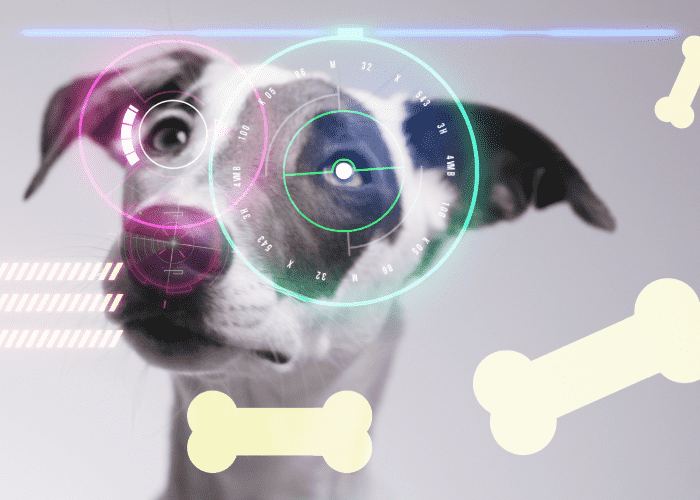

7 Key Aspects of Pathology Informatics in Veterinary Medicine
In 2020, the American College of Veterinary Pathologists established a new educational committee called the Pathology Informatics Committee (PIC). According to PIC, pathology informatics encompasses the study and management of pathology information, information systems, and workflows. In veterinary medicine, it pertains to the application of information technology and data management techniques to enhance veterinary pathology and laboratory medicine practices. You've been benefiting from the application of pathology information through your use of digital tools, software systems, and data analysis methods in your daily operations to improve diagnostic results and patient care.
Technology and data management have revolutionized the veterinary field, significantly improving the quality of care for animals. Pathology informatics plays a pivotal role in veterinary medicine—here are seven key aspects that enhance diagnostics and animal care.
Application of Pathology Informatics in Veterinary Medicine
The advancement of veterinary technology has reshaped the modern veterinary practice. Picture yourself walking into your practice on a Monday morning: You're the first to power up the hematology analyzer, run control samples, and check cytology reports in the computer system. You discover that Missy's mass turns out to be just a histiocytoma, then you prepare to share this good news with Missy's owner through the client portal. All of these steps exemplify various facets of pathology informatics in veterinary medicine.
1. Laboratory Information Systems (LIS)
The forefront of pathology informatics is the laboratory information systems (LIS). It refers to software specifically designed for diagnostic labs. A robust LIS in veterinary medicine should facilitate a seamless flow, consolidating diagnostic results from all point-of-care instruments into one place for your team's comprehensive review.
2. Digital Pathology and Telepathology
Advances in digital imaging enable instruments to capture and analyze high-resolution images of animal tissue samples and cells, including urine sediment. This technology significantly enhances telepathology's accessibility. Captured images can be dispatched to veterinary pathologists for review, streamlining the process of interpreting digital slides, fostering remote and global collaboration, and archiving images for future reference.
3. Data Analytics
Prominent diagnostic companies receive hundreds of thousands of samples from thousands of practices nationwide. Pathology informatics empowers the analysis of big data, yielding insights into disease patterns, treatment effectiveness, and the health of animals at all stages of adulthood.
4. Quality Assurance
Pathology informatics aids in standardizing lab processes, simplifying quality control, minimizing errors, and ensuring the accuracy and reliability of veterinary diagnostic tests and interpretations.
5. Patient Records and Communication
Pathology informatics extends beyond pathology or diagnostic results. Veterinary practice informatics systems house and manage all digital records, including animal signalment, medical histories, test results, and treatment plans. Going digital enhances recordkeeping and promotes smoother communication between your team and pet owners.
6. Disease Surveillance
Veterinary informatics can be a valuable community asset. Over the years, the Companion Animal Parasite Council has contributed to disease surveillance efforts by aggregating and analyzing data nationwide and constructing prevalence maps for various infectious diseases. With the evolution of pathology informatics, we can now go a step further and create a pet disease alert system to monitor and control the spread of diseases among animal populations.
7. Personalized Veterinary Medicine
Personalized medicine employs an individual's genetic profile to guide disease prevention, diagnosis, and treatment decisions. Recent bioinformatics advancements extend this emerging practice to animals. We're on the verge of tailoring treatment plans based on individual animals' genetic profiles and understanding their genetic predispositions to diseases.
Pathology informatics in veterinary medicine leverages technology and data management to enhance veterinary pathology and laboratory medicine practices, thus improving diagnostics, research, and the overall quality of care we provide to animals.







